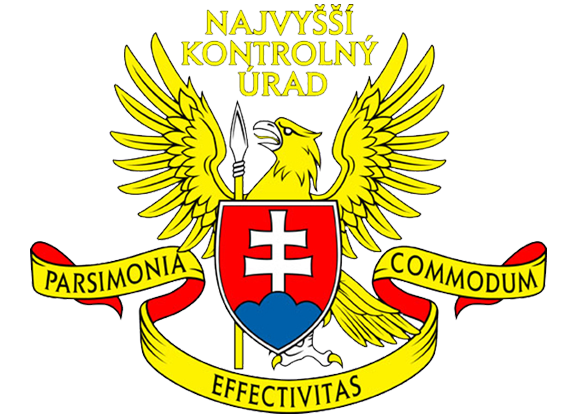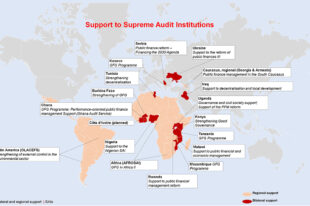Czech and Slovak Republics Team Up for Parallel Audit

by Alena Naštická, Audit Section II, Fiscal Politics Division, Slovak Republic Supreme Audit Office (SAOSR)
The Supreme Audit Institutions (SAIs) of the Czech Republic and Slovak Republic concluded an “Agreement on Cooperation in Parallel Audits Targeting Excise Duty” in 2015. The parallel audit goal was to compare excise duties administration performance from 2012 to 2015 and identify process strengths and weaknesses. In cases bearing significant differences affecting efficiency and usefulness, the audit aimed to identify any underlying reasons. The audit revealed several interesting findings.
The legislative framework governing excise duties in the Czech Republic (CR) and Slovak Republic (SR) differ. The SR possesses several specific acts that shape the environment, while within the CR, one law applies to the entire topic. Partial differences also exist in issuing various permits to the excise duties subjects—in the CR, a financial analysis of the subject is mandatory in proving its economic stability or requires financial collateral. In the SR, these mechanisms are not applicable.
Employment in the respective administrations managing excise duties showed significant differences. In 2015, the Financial Administration of the SR (FA SR) had 1,300 employees managing 48,000 subjects, while the Customs Administration of the CR (CA CR) had 1,011 employees managing 114,000 subjects. This simple comparison pointed out that CA CR (having wider responsibilities using fewer employees) manages to secure comparable service twice that of FA SR.
Comparing administrative costs also showed some noteworthy variations. In 2013, FA SR spent 1.65 Euros (€) per 100 collected, while CA CR spent far less at €0.68 per 100. Average collection costs in 2015, respectively, were €1.94 and €0.73. While FA SR administrative costs (which were more than double that of CA CR) may appear to be a shortcoming, FA SR requires complex electronic support associated with excise duty paperwork, but the same does not hold true for the CA CR.
The aforementioned statistics are just a few of the audit findings that suggest a huge challenge for FA SR to strengthen excise duties management effectiveness when compared to CA CR levels.
The complex, detailed comparison audit also uncovered several opportunities to apply best practices. Specifically, FA SR should (1) reassess the rationale for permanent excise duty surveillance in spirit warehouses liable to excise duty; and (2) apply financial analysis of applicant economic stability. CA CR should finalize digitalization of excise duty paperwork management. On a broader scale, European Union member states should (1) monitor raw tobacco within relevant excise duty areas; and (2) mark spirit retail packaging with excise stamps.
This cooperative audit was governed by the International Standards for Supreme Audit Institutions (ISSAI) 5800-Guide on Cooperative Audit between Supreme Audit Institutions, as well as identified good practice procedures and conventions.
For more on this topic, contact SAO SR at info@nku.gov.sk.





